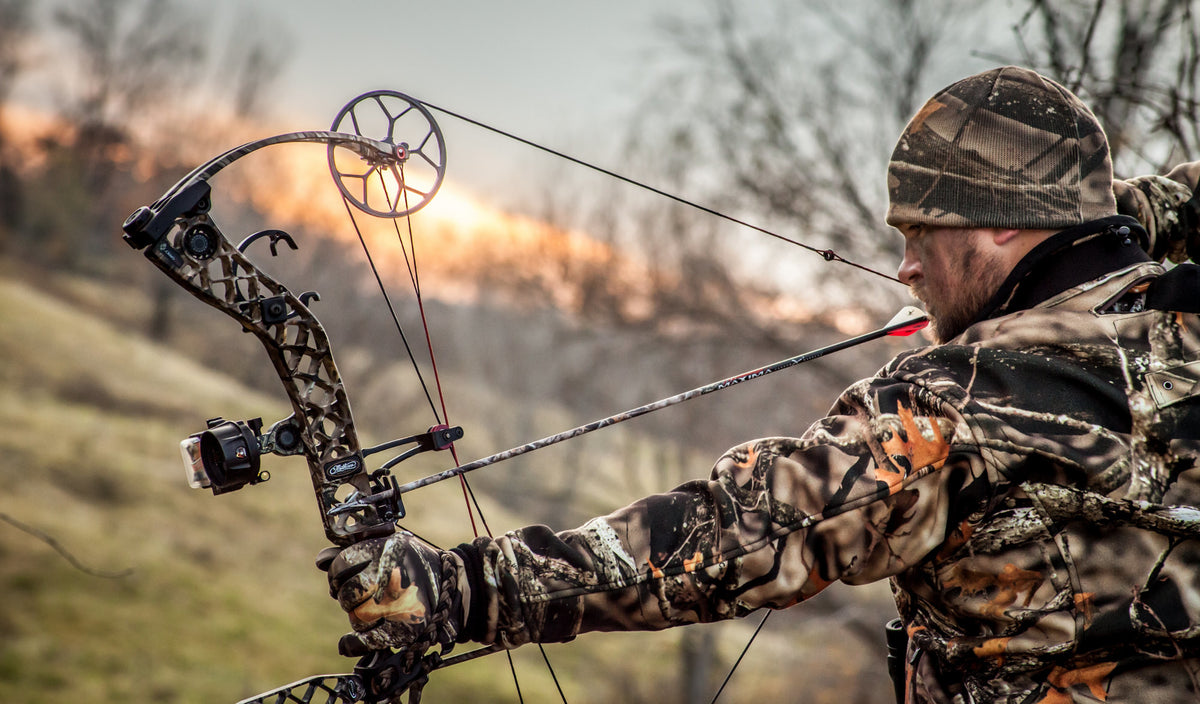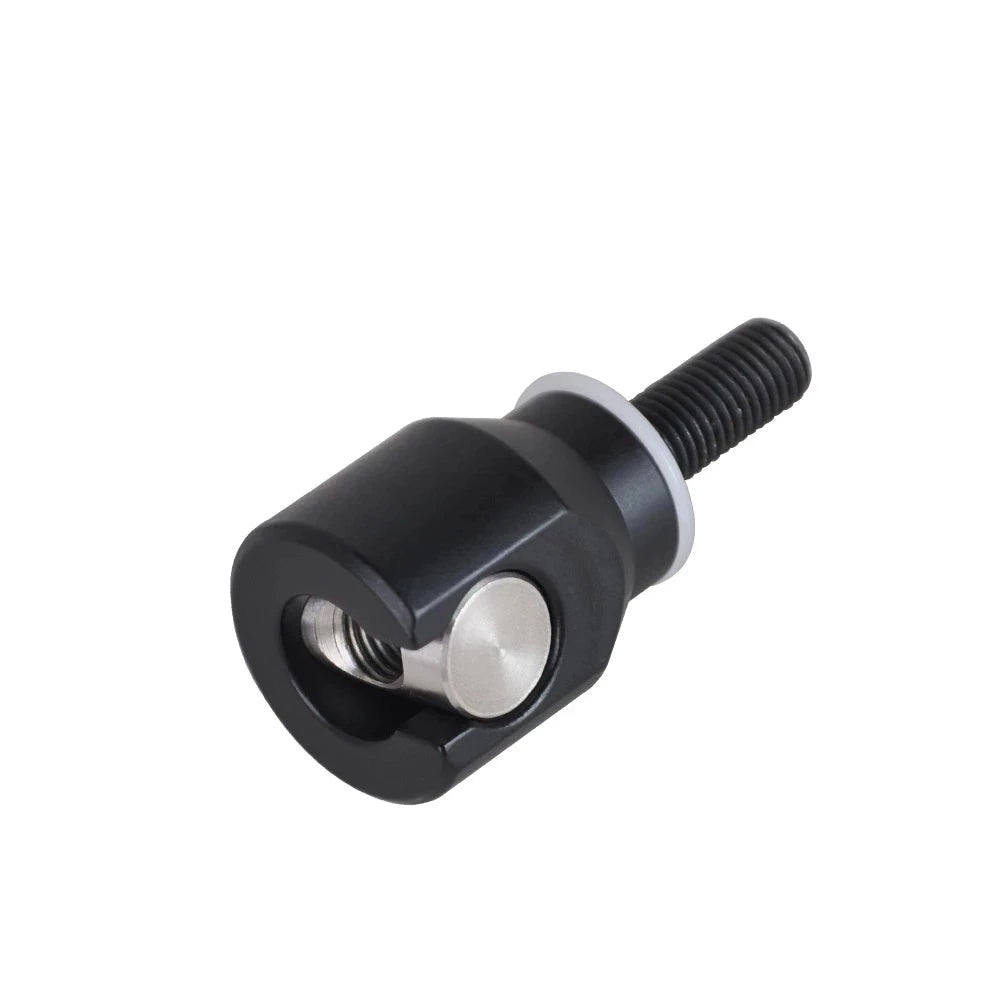Exactly how to Select the Right Bow Stabilizer: Professional Tips and Suggestions
Optimize Your Archery Precision With These Bow Stabilizer Techniques
In the realm of archery, accomplishing optimum precision is a pursuit that demands careful focus to information and strategy. One essential aspect that can dramatically impact your performance is the proper usage of bow stabilizers. These often-overlooked devices hold the possible to boost your capturing effectiveness to new heights, but only if employed correctly. By checking out the nuanced methods of picking, setting up, and make improvements bow stabilizers, archers can open a world of accuracy that could have previously avoided them. Whether you are an experienced archer seeking to fine-tune your abilities or a newbie excited to improve your accuracy, grasping these bow stabilizer techniques could be the key to hitting your mark with unrivaled consistency.
Advantages of Utilizing Bow Stabilizers
Using bow stabilizers can dramatically boost an archer's accuracy and overall efficiency by lessening bow torque and vibration. Bow torque, brought on by the unequal circulation of weight in the bow, can result in inconsistencies in shot positioning. By connecting a bow stabilizer, the weight is rearranged, minimizing the effects of torque and aiding the archer accomplish a more regular shot. Furthermore, bow stabilizers wet resonance, which not only enhances the comfort of capturing but additionally avoids the bow from leaping upon release, thus helping in keeping correct objective.
In addition, bow stabilizers can help in holding the bow constant, especially throughout gusty conditions or when shooting from longer ranges. The added weight at the front of the bow offers security and equilibrium, allowing the archer to concentrate on intending without the interruption of bow motion. Overall, the benefits of utilizing bow stabilizers expand past just accuracy, improving the archer's experience and efficiency in numerous shooting scenarios.
Selecting the Right Bow Stabilizer
Choosing the proper bow stabilizer is vital for enhancing your archery devices and enhancing shooting performance. Heavier stabilizers can aid lower bow torque and soak up even more vibration, leading to a steadier aim.

Last but not least, take into consideration the layout of the stabilizer. Some stabilizers include flexible weights or dampeners that allow you to tailor the equilibrium and feel of your bow. Eventually, picking the best bow stabilizer entails finding an equilibrium in between weight, length, product, and layout to enhance your shooting accuracy and total performance.
Proper Setup Strategies
To guarantee ideal efficiency and safety and security in archery, mastering appropriate setup strategies for your bow stabilizer is important. The initial step in mounting a bow stabilizer is to identify the correct placement on your bow. A news lot of stabilizers are connected to the front of the riser, listed below the grasp, to help counterbalance the weight of accessories such as quivers and sights. Guarantee that the stabilizer is not interfering with various other elements or impeding your capturing kind.
Next, firmly affix the stabilizer to the bow making use of the ideal placing equipment. It is critical to tighten up the stabilizer well to stop any type of wobbling during shots. Some stabilizers come with adjustable weights that can be included or gotten rid of to adjust the equilibrium of your bow. Trying out various weight arrangements to discover the optimal balance that matches your capturing style.

Adjusting Stabilizer Weight and Size
After ensuring the appropriate installment of your bow stabilizer, the next step involves changing the weight and length to maximize its performance in enhancing archery precision. The weight of the stabilizer plays a vital function in minimizing bow movement throughout the shot cycle. Including weight to the stabilizer can aid boost and dampen vibrations stability, causing even more precise and constant shots. On the various other hand, lowering the weight can increase maneuverability, which is useful for scenarios calling for fast target acquisition.
A longer stabilizer can offer greater security by boosting the distance between the bow and the weight at the end of the stabilizer. Alternatively, a shorter stabilizer provides extra ability to move and may be preferred by archers that value agility and fast motions during capturing.
Advanced Stabilizer Tuning Tips
Accomplishing optimal bow security and precision in archery requires a nuanced technique to advanced stabilizer adjusting. Advanced stabilizer tuning entails fine-tuning different components to boost the bow's balance, lower vibration, and boost general precision. One crucial strategy is to try out various stabilizer setups, consisting of side-bar and back-bar arrangements, to discover the ideal equilibrium between stability and ability to move for your shooting design. bow stabilizer. Additionally, readjusting the angle and positioning of the stabilizer can have a significant influence on how the bow responds upon launch.
An additional important facet of advanced stabilizer tuning is enhancing the damping homes of the stabilizer system. This can be attained by incorporating extra moistening devices such as rubber dampeners or harmonic stabilizers to further minimize resonance and sound. Discovering various materials for the stabilizer construction, such as carbon fiber or aluminum, check over here can additionally affect the bow's efficiency by modifying its weight circulation and rigidity. By meticulously tweak these sophisticated why not try these out stabilizer aspects, archers can optimize their precision and uniformity on the array or in competitors.
Conclusion
In final thought, optimizing archery accuracy can be attained with the correct choice, installation, and modification of bow stabilizers. In general, including bow stabilizers into archery technique can lead to improved efficiency and enhanced precision.
Using bow stabilizers can dramatically improve an archer's precision and general efficiency by reducing bow torque and resonance. Longer stabilizers offer better stability and balance, specifically for long-distance shooting, while much shorter stabilizers offer more convenience and are much easier to maneuver in tight rooms (bow stabilizer). Carbon fiber stabilizers are lightweight and long lasting, while light weight aluminum stabilizers are durable and offer exceptional resonance dampening
A longer stabilizer can supply better stability by enhancing the range in between the bow and the weight at the end of the stabilizer.Another vital facet of advanced stabilizer tuning is enhancing the damping properties of the stabilizer system.